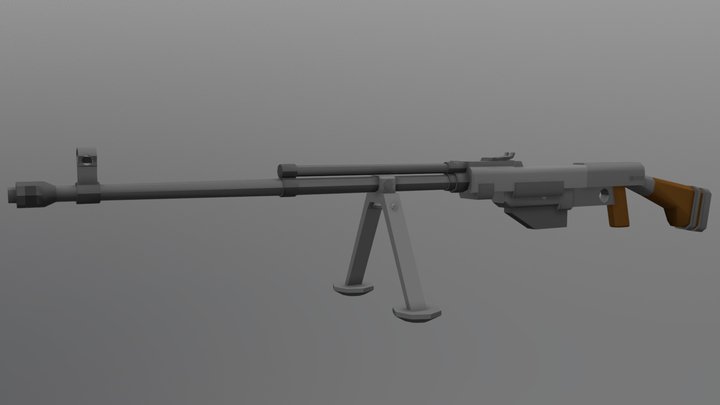

Are there texture changes from rough to shiny? use a specular map, and adjust your materials to behave like their real world counterparts.
Study how light hitting the object behaves as you rotate the object. (use a bump or normal map, or add geometry) Take note of small irregularities on the surface, maybe something bulges toward edges. Either using images, find macro shots or if you have the item, use a magnifying glass. Take time to examine the real object close up. Realism is about carefully adding accurate imperfections. 
Catmull-Clark smooths as it subdivides, which is something you could do manually, but it is better with the modifier unless you want control over just which vertices/edges/faces are affected. However, it won't always give you a natural look. Simple subdivision preserves the shape of your object, and in fact "enforces" the corners and "hard" areas of the object. Rendered version: Why Simple + Catmull-Clark? Here is an example with an actual, useful model (a Helicopter): You can also use this along with the bevel method as it provides even more realism, though I must warn you, you need pretty good hardware to handle this in real time. You can tweak the modifiers to get the results that work best for you. NB: Subdivision modifiers are pretty heavy on viewport rendering, so if you don't need to see the final results when modelling, you can turn the number of divisions down. You need to have two subdivision modifiers, one as "Simple" (the first one in the stack) and the other as "Catmull-Clark". The Bevel method iKlsR mentioned is the fastest way, but possibly the most realistic method is to use two subdivision modifiers.
It's faster to do and gives you more control when compared to other methods such as using creases and or subsurf with edgeloops.Īt the time of writing, this is now easier than ever. For hardsurface models, it softens or adds realism to your edges easily and effectively. It's cheaper than subsurface, meaning it renders faster and weighs down your scene less. Some advantages of beveling over other methods are: Here is another look at how beveling effectively softens your edges. Do be warned however, as adding extra segments creates additional geometry. Here is the bevel modifier with some optimal settings, increasing the value in the Segments slider will make the edge geometry start to approach what is more commonly called a Fillet, effectively rounding your edges. ( It can be a bit hard to see in the viewport at times with the default lights but makes all the difference when rendering with proper lamps) This can be a very subtle effect or an exaggerated one as essentially it just helps to catch light and help show off the shape and detail of the object better. Once beveled, the edges are softened and it just looks more appealing as this is what we are used to in real life. It's plain, simple and ugly when you look at it and would look out of place in almost any scene aiming for realism. Take a sharp object you just made, say a simple step. The latter will allow you to interactively adjust the amount of segments with the mouse wheel. In object mode you can bevel an object by using the Bevel modifier and in edit mode you can bevel edges and faces with Ctrl+ B and vertices with Ctrl+ Shift+ B. To properly catch highlights from your lighting solution. Beveling helps bring outĭetail, and really sells the realism of your model by allowing edges Roundness where two opposing surfaces meet. There are almost no razor sharpĮdges in nature, and even most man-made objects have a slight Thanks to the creator for the content.Forgetting to bevel or chamfer edges is one of the most common errorsĬommitted by beginning 3D artists. In relation to this tutorial I thought it was very welcome for me, if someone thinks the content is weak, it could more than offer content content, it could also help to create them.īecause I often see that the creator makes a content and nobody says thank you, but when it comes to criticism, the inspectors always appear. In these cores the content creators themselves would place what would avoid extra work and would serve as information for people to be interested or not in certain content. What can be done is a Seal, a Color that will be in every tutorial classifying it as: The community is also made up of people who are just starting out, and that tutorials like this are kinder as a first contact for the provided tool. Blendernation be careful not to put only tutorials for people with medium and advanced knowledge.






 0 kommentar(er)
0 kommentar(er)
